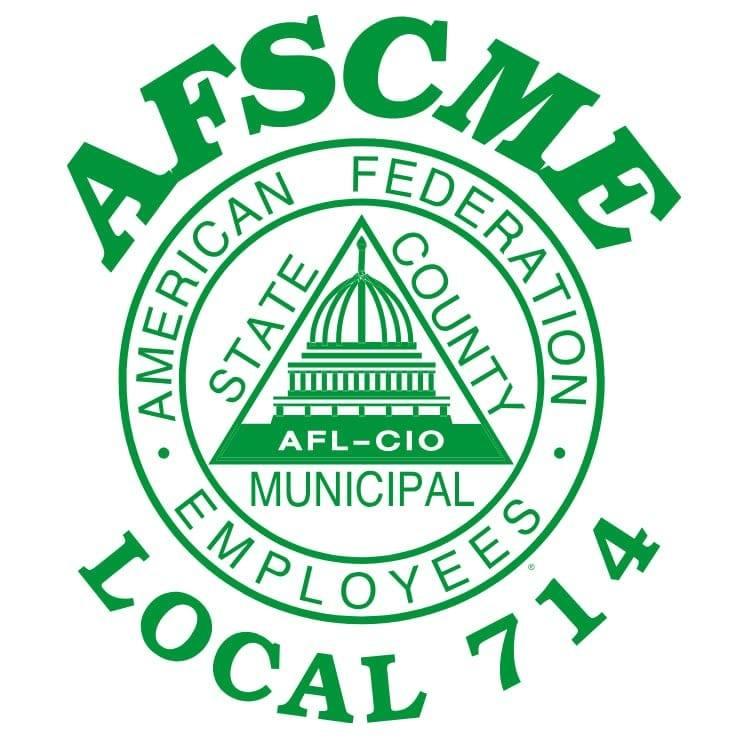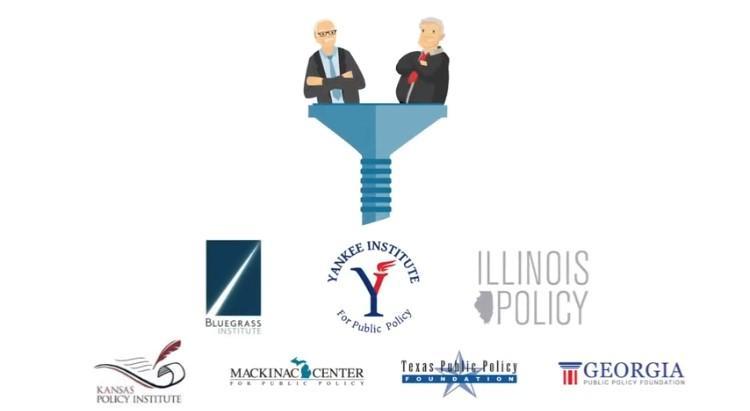A pension is more than a promise to current and future retired workers. It’s a great way to attract and retain workers to public service. Just ask State Parole Officer James Long of AFSCME Local 1565 (NP-4 Department of Correction Bargaining Unit).
“A defined benefit plan is a much better retirement tool than a defined contribution plan,” he says. “It’s one of the main benefits that attracted to me public service.”
Public pensions improve public services by reducing turnover and retraining costs, and retaining experienced and qualified workers. A new report from the National Institute on Retirement Security (NIRS), Pensionomics 2018, reaffirms the positive impact of defined benefit pensions on state economies.
According to NIRS, "the spending by 27 million retired Americans from their monthly pension payments in 2016 supported 7.5 million jobs for other Americans and $1.2 trillion in total economic output nationwide. This spending resulted in $202.6 billion in federal, state, and local tax revenue, a finding that mirrors other studies of public pension plans as revenue generators."
Defined benefit plans are doing their part to boost the Connecticut economy, too. NIRS reports that in 2016, expenditures stemming from state and local pensions supported:
- 43,559 jobs that paid $2.7 billion in wages and salaries.
- $7.1 billion in total economic output.
- $1.6 billion in federal, state, and local tax revenues
It’s no secret that past governors and legislatures failed to properly fund state employee pensions, creating a massive unfunded liability in the Tier 1 system that closed in 1984. But the advent of public sector bargaining in Connecticut in the late 1970s has brought demonstrable progress. All of the plans negotiated since the advent of collective bargaining have been found to be moderate and well funded.
Thanks to recent agreements with the state union coalition known as SEBAC, we’ve even found a stable and affordable way to pay off the unfunded liabilities from the old Tier 1 plan. And this is in addition to the 2017 savings and concession agreement which will save the state $25 billion over 20 years, much of it on pension costs.
Click here for previous press reporting on the SEBAC 2017 savings agreement.
On Jan. 11, The CT School Finance Project & the CT League of Women Voters sponsored a five-hour Public Pension Forum in Hartford. The forum reaffirmed that state employee retirement benefits are reasonable, moderate and properly funded outside of the Tier 1 category.
Guest panelists also acknowledged that the new Tier IV hybrid pension will make it difficult to attract top-flight employees to state service, due to its low benefit levels.
(Comptroller Kevin Lembo’s new OpenPension website helps dispel some of the myths about state employee pensions. For example, the average bargaining unit employee receiving a normal retirement from one of the current pension tiers receives a pension of $18,600 a year.)
As the National Public Pension Coalition notes, "If public pensions were eliminated, the consequences would be devastating." Yet corporate conservative think tanks like the Yankee Institute and some anti-worker legislators in Connecticut are doing their best to eliminate public pensions through a sustained disinformation campaign.
Click here to view the National Public Pension Coalition video, “How the Koch Brothers Are Trying to Steal Your Pension.” You’ll learn how ultra-wealthy and corporate zealots want to take money out of working America's pockets and give it to Wall Street by setting up "research institutions" to discredit pensions.
These special interests will not succeed in their achieving their true goal, which is to eradicate retirement security for all workers. The bottom line is that public pensions matter — not just to retirees, but to their families and their communities.
Our AFSCME Council 4 union is committed to the long-term fight to protect and advance retirement security for everyone.

